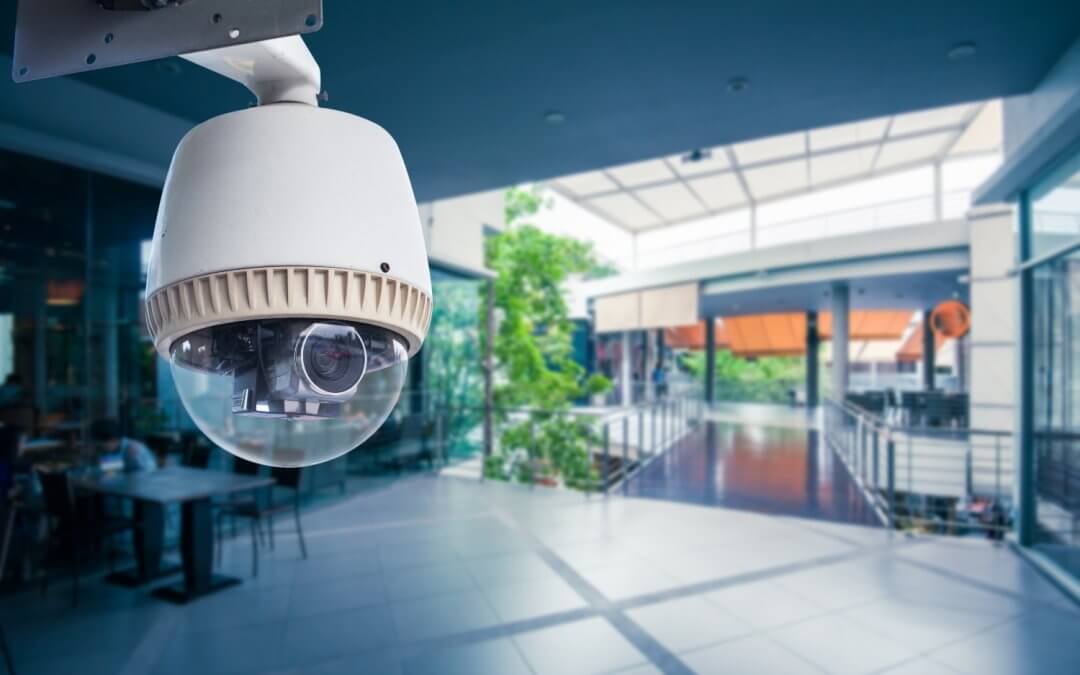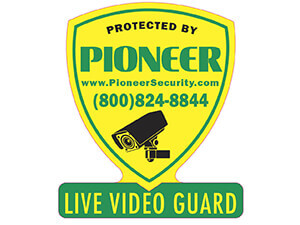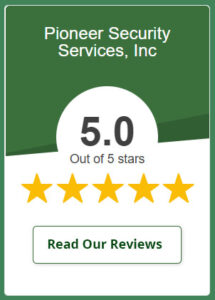According to the National Retail Federation’s 2024 study, retailers reported a 93% increase in annual shoplifting incidents compared to 2019 and a 90% increase in dollar losses, indicating that the stakes and frequency of crime have risen materially.
A well-secured retail environment keeps people, property, and profits safe. It prevents losses, reduces risk, and supports a shopping experience that customers can count on. But absolute protection goes deeper than cameras and alarms. It’s about understanding threats, adopting the right tools, and working with experts who know what works. Let’s look at how retail security, when implemented strategically, drives commercial protection, and why that matters for every business.
The Stakes: Why Retail Security Matters Now
Retail security is not just a box to check; it’s a core element of business resilience and long-term success. In today’s fast-changing retail landscape, understanding what’s at stake is the first step to building a safer and more profitable operation.
According to NRF’s 2023 National Retail Security Survey, shrinkage averaged 1.6% of sales in 2022, roughly $112.1 billion, highlighting how even small percentage changes can translate into huge dollar impacts.
Rising Threats and Shrinkage
Organized retail crime is no longer an occasional concern; it’s a day-to-day reality for stores of every size. According to recent reports from the National Retail Federation, sophisticated criminal groups are targeting commercial properties at an alarming rate, putting extra pressure on retailers to stay vigilant. At the same time, opportunistic theft and shoplifting remain persistent challenges, contributing to nationwide shrinkage rates that can erode your bottom line overnight. Even a modest uptick in shrinkage, whether from theft, fraud, or error, can threaten operational continuity and squeeze already-tight margins.
Customer Safety and Reputation
Every retailer knows that customers have more choices than ever. What brings them back, time and again, is trust, and that trust is built on a foundation of safety. Stores with strong security not only protect their merchandise, but they also offer a safe and welcoming environment that keeps customers coming back. The flip side is just as true: incidents of theft, vandalism, or violence can quickly undermine a store’s reputation, driving customers elsewhere and turning what should be minor setbacks into long-term business challenges.
Recent reporting indicates that heavy-handed measures, such as locking everyday items, can result in a 15–25% decline in sales, underscoring the need to strike a balance between security and customer experience.
Operational Continuity and Investment
Security issues can do more than disrupt a single day’s sales. When stores experience downtime due to investigations, repairs, or legal issues, the financial fallout is significant. That’s why investing in robust security solutions isn’t just about stopping theft; it’s about ensuring your business can operate smoothly, protect its assets, and safeguard its brand over the long haul.
Industry standards, such as ASIS’s Security Risk Assessment and ISO 31000, emphasize the importance of ongoing, structured risk assessments to support continuity and resilience.
Why is retail security more critical now than ever before?
Retail security is vital because threats are more frequent and organized, shrinkage rates are rising, and customer trust depends on a safe environment. Today’s competitive market demands strong protection to ensure ongoing business success.
Common Retail Threats and Their Costs
Understanding the landscape of retail threats enables you to take the necessary steps to protect your operation. Here’s a clear look at the most common risks and their real-world impact:
- Shoplifting: Still the most frequent source of retail loss, shoplifting ranges from individual incidents to large-scale, coordinated theft.
- Smash-and-Grab: Quick, aggressive attacks that cause both inventory loss and extensive property damage, often leading to expensive repairs and insurance claims.
- Vandalism: Acts like graffiti or broken windows don’t just require cleanup; they can drive away customers and damage your brand’s image.
- Burglary: After-hours break-ins target cash, electronics, or high-value goods, leaving stores vulnerable when no one is watching.
- Employee Theft: Internal losses, including unauthorized discounts and product theft by staff, quietly drain profits and can be challenging to detect.
- Fraud: Includes return scams, credit card abuse, and manipulation of internal systems, all of which expose the business to greater financial risk.
- Legal Liability: Incidents that result in injury, loss, or data breaches can lead to lawsuits, regulatory penalties, and significant out-of-pocket costs.
- Insurance Claims and Premiums: The more incidents you face, the higher your insurance premiums become, eating into profit margins.
- Reputation Damage: Every incident, whether publicized or not, has the potential to erode customer confidence and drive business to competitors.
The FBI’s Uniform Crime Reporting/NIBRS program explicitly tracks shoplifting as a distinct larceny-theft category, reflecting its scale and persistence across jurisdictions.
What’s the real cost of common retail threats?
Retail threats cost far more than inventory; they increase legal liability, raise insurance premiums, damage a store’s reputation, and ultimately threaten its long-term profitability.
Video Surveillance: From Cameras to Smart Analytics
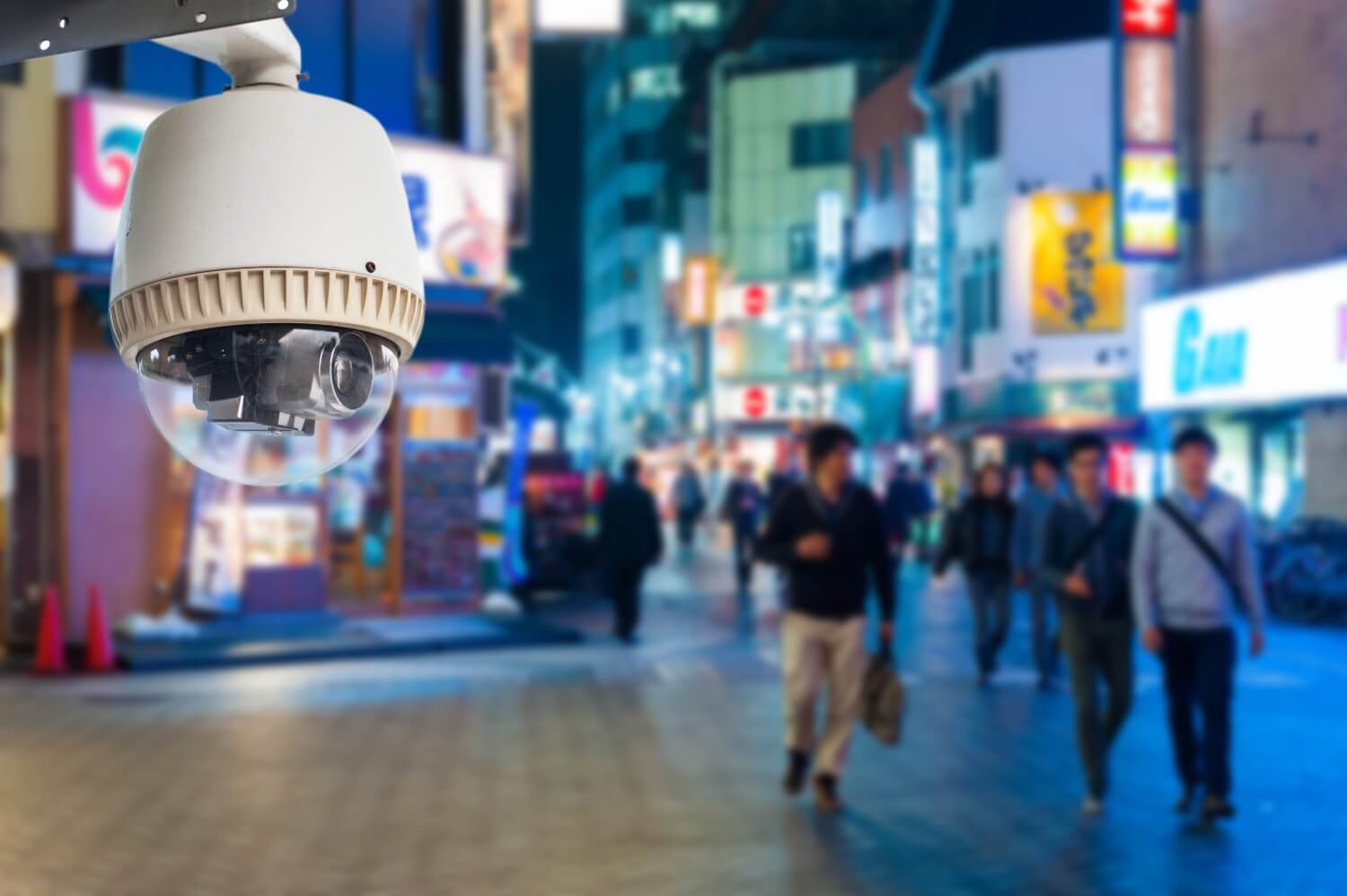
Retail security technology has moved far beyond grainy footage and old-school recording. The newest video surveillance systems offer layers of intelligence that make a real difference. Let’s look at how advanced surveillance helps you stay one step ahead.
Basic CCTV as a Foundation
Every modern retail security setup starts with a reliable camera system. Basic CCTV provides visibility into your sales floor, entry points, and backrooms, serving as both a deterrent and a valuable source of evidence in the event of incidents. With clear visuals and strategic placement, cameras help deter theft and provide peace of mind for both staff and customers.
A 40-year systematic review and meta-analysis finds CCTV is associated with significant (though modest) crime reductions, and effects are larger when cameras are actively monitored.
Smart Analytics and Real-Time Alerts
But today’s remote video surveillance does much more. Powered by artificial intelligence, smart analytics can automatically identify suspicious activity, recognize patterns, and trigger instant alerts. Instead of reviewing hours of footage after the fact, your team receives real-time notifications when someone lingers near exits, attempts to conceal merchandise, or enters restricted areas. This proactive approach helps prevent losses before they occur and enables a faster and more effective response.
Integration With Live Monitoring
Modern systems integrate seamlessly with live video monitoring, enabling trained professionals to assess situations in real-time, communicate directly with on-site staff, and even deter intruders with warning messages. This layered protection means that every camera is a force multiplier, keeping your operation secure from every angle.
The same meta-analysis notes that schemes incorporating active monitoring yield larger effects than those using passive recording.
How does advanced video surveillance help retail stores today?
Today’s surveillance systems combine smart analytics with live monitoring, enabling real-time alerts and rapid response to threats, dramatically reducing losses and improving overall protection.
Electronic Article Surveillance (EAS) & RFID
Some retail security tools make an immediate impact on your bottom line. Here are the most valuable features and benefits of EAS and RFID, which are transforming inventory protection and management:
- Instant Theft Deterrence: EAS tags attached to merchandise trigger alarms when unpaid items pass exit sensors, discouraging would-be thieves.
- Inventory Visibility: RFID (Radio Frequency Identification) systems allow for real-time tracking of inventory, making it easier to spot shrinkage or restock popular items efficiently.
- Point-of-Sale Integration: Both EAS and RFID systems work with your POS, ensuring that tags are deactivated adequately during checkout and reducing false alarms.
- Streamlined Operations: With RFID, staff can complete inventory checks in minutes, not hours, improving accuracy and freeing up employees for customer service.
- Loss Prevention Data: These systems generate detailed reports on where and when items leave the floor, helping managers identify patterns and take targeted action.
- Cost Savings: By cutting shrinkage rates and reducing manual inventory work, EAS and RFID deliver measurable savings that add up fast.
Peer-reviewed research in the Security Journal has reported EAS can reduce shoplifting/shortage on the order of 35–75% in case-study settings, while GS1 US/Auburn University found RFID programs achieving ~99.9% order accuracy, and field experiments show RFID meaningfully reduces inventory record inaccuracy.
How do EAS and RFID improve commercial protection for retailers?
EAS and RFID deter theft at the door, track inventory in real time, and provide valuable data that allows managers to respond proactively to loss and operational inefficiencies.
Access Control & Physical Security for High-Value Items
Protecting high-value inventory requires a proactive approach. These proven strategies keep your most important assets secure, without sacrificing customer experience:
- Locked Display Cases: Secure cases for electronics, jewelry, and other valuable items allow customers to browse safely while keeping products protected from quick-grab thefts.
- Keycard and Fob Systems: Control access to backrooms, offices, and restricted areas with electronic entry systems, ensuring only authorized staff can enter.
- Audit Trails: Electronic access systems provide detailed logs of who accessed specific areas and when, adding an extra layer of accountability.
- Strategic Placement: High-value items should be located in clear view of staff or cameras, minimizing the risk of undetected theft.
- Dual Authorization: For the most sensitive areas, require two employees to open display cases or access stockrooms, significantly reducing the risk of insider theft.
Experimental research has shown that protective display fixtures and public-view monitors can reduce losses on targeted items, and situational crime prevention/CPTED principles explain why strategic placement and access control increase perceived risk and reduce opportunity.
What’s the best way to secure high-value items in a retail environment?
Combining locked displays, electronic access control, and strategic layout helps retailers prevent theft without negatively impacting the customer experience.
Live Video Monitoring vs Traditional Guards
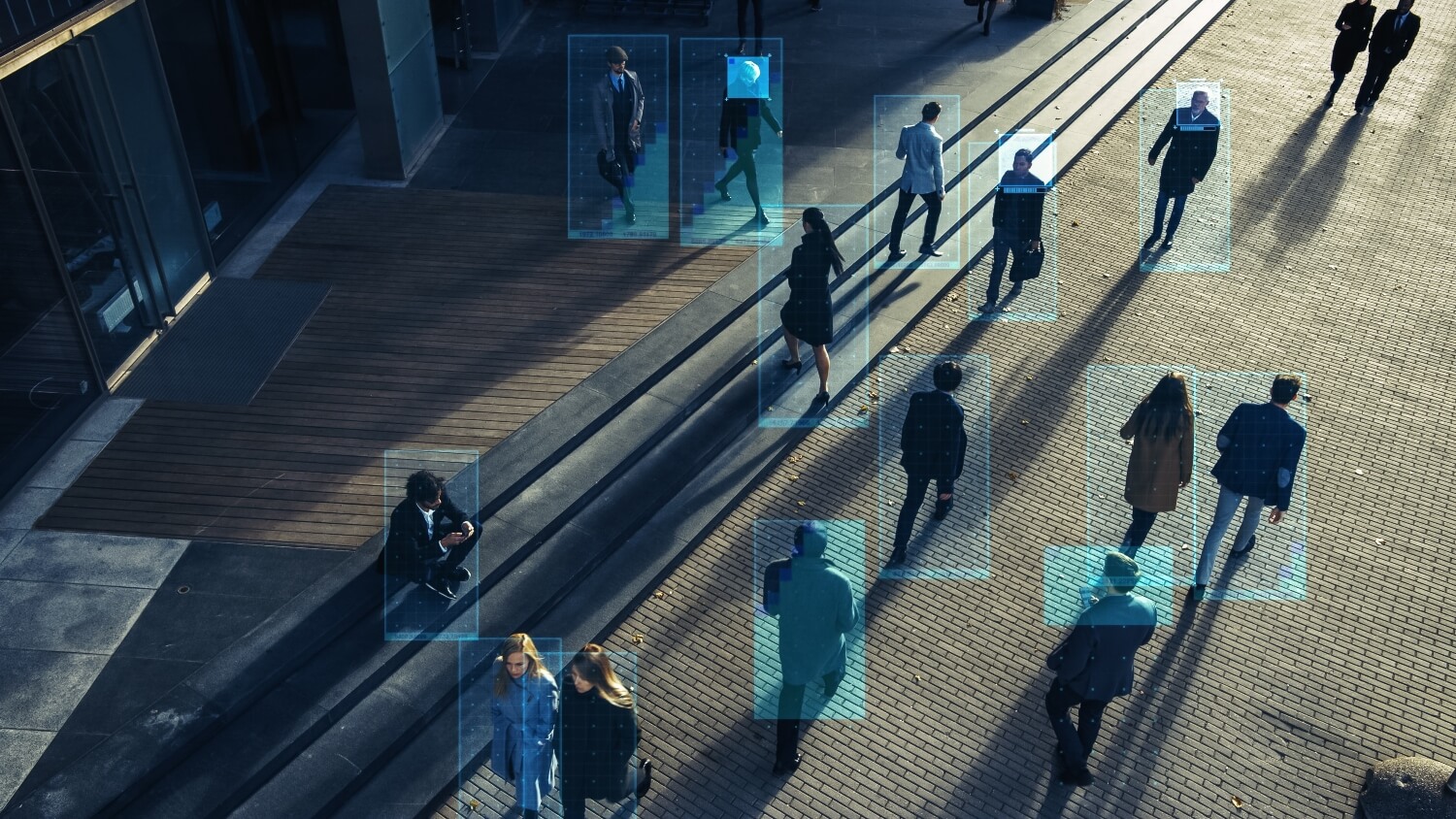
As retail crime becomes more complex, choosing the right type of protection can make all the difference. Understanding the strengths of each approach enables retailers to build the optimal mix for their business.
Human Guards: Presence With Limits
There is no question that having trained guards on site provides a visible deterrent. Their presence can prevent impulsive thefts and offer immediate help in emergencies. However, guards can only be in one place at a time, and fatigue or distraction can limit their effectiveness, especially in large stores or overnight shifts.
Live Video Monitoring: Smarter Coverage
Live video monitoring combines technology and expertise to provide broader, more consistent coverage. With cameras placed throughout your property, trained professionals can monitor activity remotely, leveraging advanced analytics to spot threats as they emerge. This approach ensures 24/7 vigilance and enables immediate, informed action, whether that’s dispatching help, warning off intruders, or supporting staff in real time. Systematic reviews indicate that actively monitored CCTV schemes achieve larger crime-reduction effects than passive systems.
Proactive and Cost-Effective
Many retailers find that live video monitoring delivers better results at a lower cost, especially after hours or in high-risk locations. Proactive monitoring not only deters crime but also provides valuable evidence in the event of an incident, supporting investigations and reducing false alarms.
Should retailers choose live video monitoring or security guards?
Both approaches have benefits, but live video monitoring often offers broader coverage, faster response, and greater cost-effectiveness, especially when integrated with innovative technology.
The Human Factor: Training, Detective Work & Response
Technology is powerful, but it’s people who truly bring a security system to life. Investing in your team ensures that every tool, policy, and protocol delivers real results. Let’s see how people drive retail protection from the inside out.
Employee Training for Prevention
Every security system is only as strong as the team that operates it. Regular, targeted training helps employees recognize suspicious behavior, follow proper procedures, and respond confidently in any situation. Empowered staff become an active line of defense, preventing loss through vigilance and great customer service.
Worker-safety agencies (OSHA/NIOSH) specifically recommend prevention programs and training for retail settings, where the risk of violence is elevated relative to many other industries.
Store Detectives and Undercover Security
Some retail environments benefit from having dedicated store detectives or undercover officers. These individuals work behind the scenes to observe behavior, spot patterns, and intervene when needed. Their presence complements visible security, catching threats that cameras or uniformed staff might miss.
Coordinated Emergency Response
When incidents occur, speed and clarity are everything. Retailers with clear emergency plans, regular drills, and strong communication channels can respond swiftly, minimizing damage, protecting people, and restoring normal operations faster.
How important is staff training to a retail security plan?
Well-trained employees are a retailer’s first line of defense, preventing theft, responding to emergencies, and ensuring the effectiveness of all security technology.
Metrics That Matter: ROI, Safety, Trust
Strong security is an investment with real returns. Here’s how retailers measure the value of their security efforts, and why the right metrics matter.
Tangible ROI: Shrink Reduction and Savings
Retailers track the impact of security solutions by monitoring shrinkage rates, insurance claims, and recovery of stolen goods. Lower shrink rates translate directly to higher profits and can offset the upfront costs of security investments.
Intangible ROI: Trust, Reputation, and Safety
Not all benefits show up in a balance sheet. A well-protected store builds customer loyalty, strengthens community reputation, and improves employee satisfaction. These intangible returns drive long-term growth and resilience.
Compliance and Liability Management
Many commercial properties must meet specific standards for safety and liability. Strong security systems ensure compliance, reduce the risk of costly claims, and demonstrate a retailer’s commitment to responsible business practices. Leading frameworks such as ASIS’s Security Risk Assessment Standard emphasize structured, periodically reviewed controls tied to business risk.
What metrics should retailers use to track security ROI?
Key metrics include shrinkage rates, insurance costs, customer satisfaction scores, and incident frequency, all of which show the tangible and intangible returns on security investments.
Next Steps: Tailored Security Planning & Deployment
Protecting your business is not about copying someone else’s blueprint. It’s about creating a plan tailored to your space, risks, and goals. Here’s how to take the next step toward better security.
Comprehensive Site Assessments
Every effective security plan starts with a detailed site assessment. Professional consultants evaluate your store layout, identify vulnerabilities, and recommend solutions that address your unique needs. This step ensures your investment goes where it matters most.
Hybrid Solutions That Work Together
The best security systems aren’t just a single product; they’re a blend of technologies and people, working in harmony. Combining AI-powered surveillance, EAS and RFID, access control, and trained staff creates a layered defense that adapts to changing threats.
Professional Providers Make the Difference
Choosing an experienced partner like Pioneer Security brings peace of mind. From custom design and seamless installation to 24/7 monitoring and ongoing support, our team is committed to keeping your business secure, so you can focus on what matters most.
How do retailers get started with a custom security plan?
Begin with a professional assessment, explore hybrid solutions, and select a provider that offers ongoing support and expertise tailored to your business needs.
Table: Comparing Retail Security Solutions
| Security Solution | Main Benefit | Best Use Case | Key Features |
| Video Surveillance (AI/Live) | Real-time detection and evidence | All retail environments | Analytics, remote monitoring, alerts |
| EAS & RFID Tagging | Theft deterrence, inventory mgmt | Apparel, electronics, general | Exit sensors, real-time tracking |
| Access Control Systems | Limit access to sensitive areas | High-value goods, stockrooms | Keycards, fobs, audit trails |
| Live Video Monitoring | Proactive intervention | Large or high-risk stores | Talk-down, alarm verification |
| Employee Training | Enhanced prevention | All retail businesses | Suspicious behavior ID, incident response |
| Store Detectives | Covert theft prevention | High-shrink locations | Undercover surveillance, investigations |
Protect Your Business With Pioneer Security
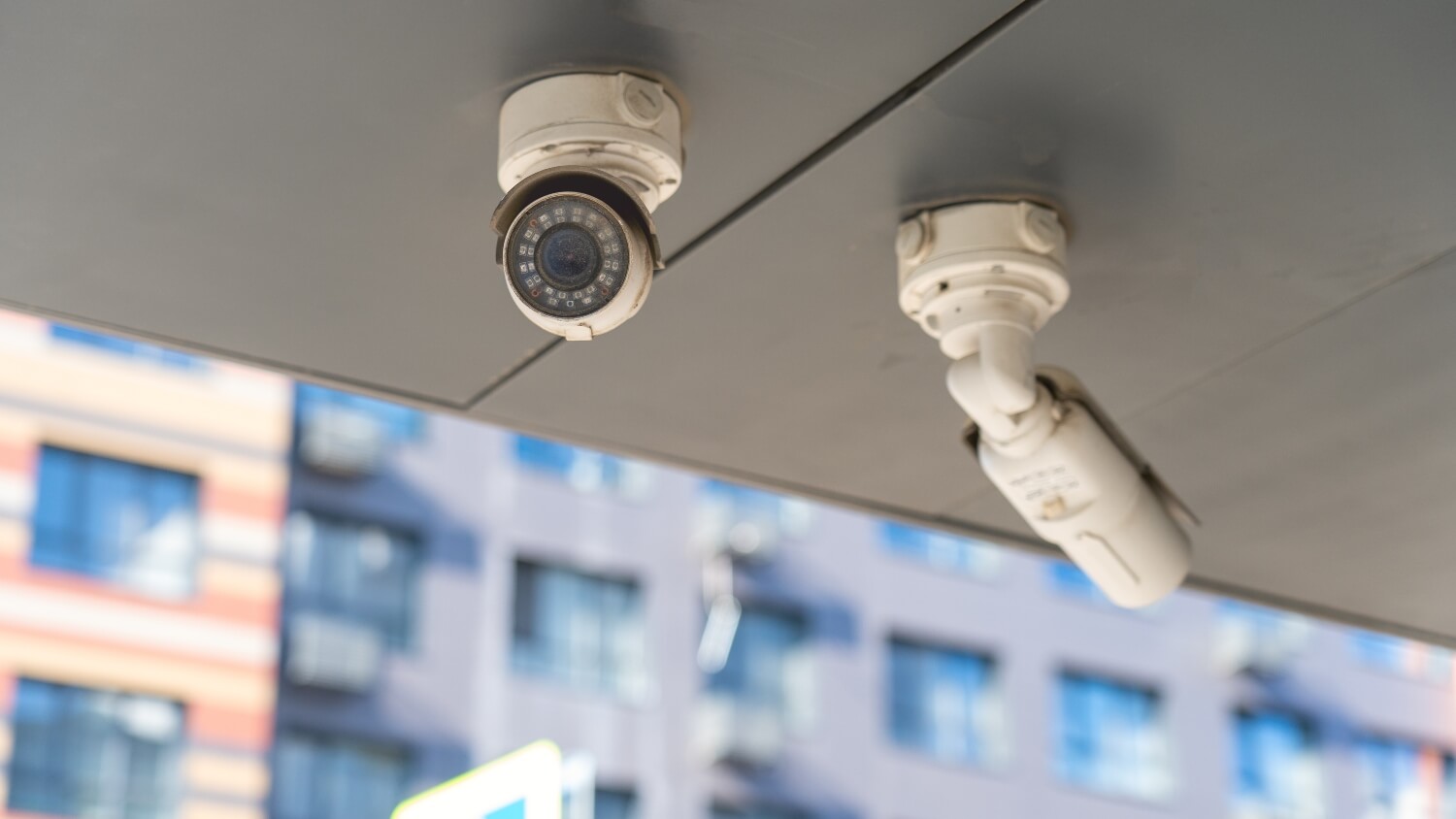
Retail security is more than just a safeguard; it’s an investment in your business’s future, your people, and your customers. Pioneer Security specializes in delivering the solutions and expertise you need to stay ahead of today’s threats. Our team is ready to help you assess your vulnerabilities, design a custom plan, and keep your commercial property protected 24/7.
Take the first step: Contact Pioneer Security today for a complimentary site assessment and let us show you how the proper security makes all the difference.
Frequently Asked Questions
What is retail shrinkage, and how can it be controlled?
Retail shrinkage is inventory lost due to theft, fraud, or administrative error. Control it with layered security, employee training, and regular inventory audits.
How often should security systems be reviewed or updated?
At least once a year, or whenever you change your store layout, product mix, or notice new threats in your area, you should review your security measures.
Can better security help lower my insurance premiums?
Yes, strong, well-documented security measures often lead to lower premiums or discounts, as insurers see less risk of claims (a core idea in loss-control). In cyber lines, for example, improved controls have recently coincided with lower premiums.
How can retailers balance customer experience with strong security?
Design security protocols and technology that operate discreetly and efficiently, prioritizing both protection and a seamless shopping experience.
Are remote security monitoring solutions viable for small stores?
Absolutely. Modern monitoring systems are scalable, affordable, and can be customized for stores of any size.

